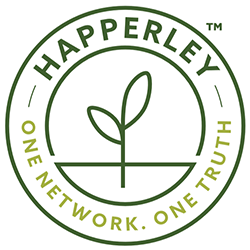A well known old phrase is, that 'poor writing is better than the best memory', and in my case it will be a poor memory that will be trying to recollect the history of the Lleyn sheep, and the formation of the Society, as very few records are available of the initial years.
The roots of the Lleyn are in Ireland, and to trace the early beginnings of the breed, the clock has to be turned back to around 1750. The pioneer breeder of cattle and sheep Robert Bakewell was in his prime and had exported some of his Dishley Leicester rams to Ireland to improve indigenous Irish sheep, resulting in the formation of the breed known as Roscommon, with the Roscommon Breed Society being amalgamated with the Galway Society in 1921 to be known from then on as the Galway breed. Bakewell's aim was to line-breed the large coarse Leicester into a smaller ewe with a more marketable carcass; from records there is no mentioning of him putting any emphasis on improving prolificness, milking qualities and density of wool. Most probably, taking into account Bakewell's breeding principles, the Lleyn must have derived its prolificness, milking and wool qualities from the indigenous Irish ewe, but as far as points of breed are concerned they resemble that of the Dishley Leicester, then noted as having white fine heads, long thin ears, good tapering neck and lengthy body, well sprung ribs and body depth carried on legs of a fine flat bone. Around the 1750's Bakewell exported some of his rams to Holland to improve the indigenous breed there; the resulting progeny later became known as the Texel, which has a number of breed points similar to the Lleyn today.
Lleyn Sheep Society



